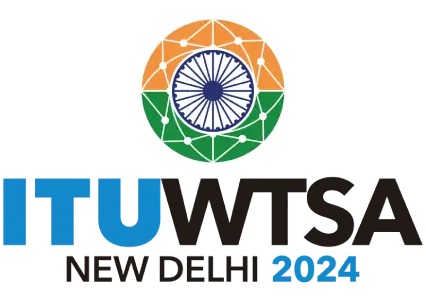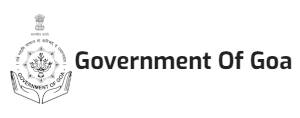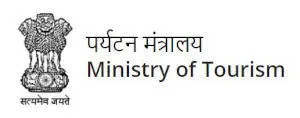Damodar Temple
The Vasco Saptah of the Lord Shri Damodar is the hallmark for Vasco. It is celebrated every year during the ‘Shravan’ month, the day after ‘nagpanchami’. It is said that the shrine was dedicated to Sri Damodar almost a century ago by installing a blessed coconut from the main Shri Damodar temple at Zambaulim.
It was originally placed in the Mata Secondary High School in Baina but was later shifted to the Joshi Family House on the Swatantra Path.
According to the legend, in 1896-98, around August, or the shravan month, Vasco was attacked by a deadly epidemic that claimed the lives of many. The people then vowed to carry out a ‘saptah’, 7-day round the clock singing of ‘bhajans’, or hymns, to ward off the ill-fate.
The diseases were averted, thankfully, perhaps as a result of the prayers.
Currently, the singing goes on for 24 hours, while the festivities go on for 7 days.






